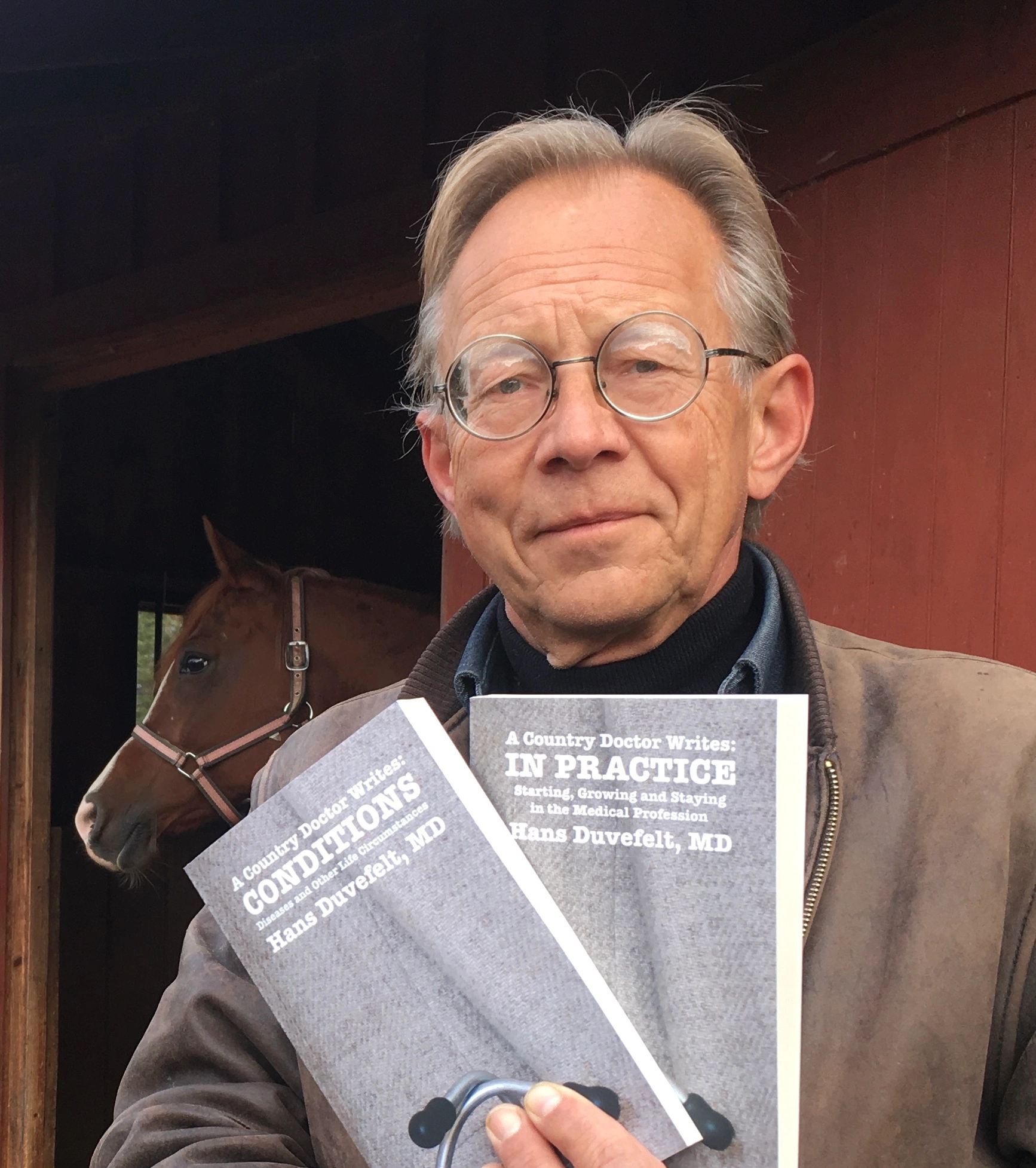Three asthma inhalers for my wife cost us $90 in copayments this week. Not long ago, generic albuterol inhalers were about seven dollars each. The main reason for the price increase is the new U.S. law that banned the use of fluorocarbons in prescription asthma inhalers this winter. The old-fashioned inhalers are harmful to the ozone layer. This new law prompted the development of novel, brand name, delivery systems, which drove up the cost to levels many of my patients have trouble affording. It does seem ironic that people around here often have remote starters for their gas-guzzling, high-polluting Sport Utility Vehicles, so they don’t have to drive to work in a cold car, but we make our asthmatics help take care of the environment by giving up their inexpensive inhalers for newer, more expensive and not necessarily better devices.
As far as I know, you can still buy old-technology, ozone-depleting inhalers with adrenaline (epinephrine) over the counter for under $10. By the way, we use the name epinephrine in the U.S. because somebody (Parke-Davis) patented the name Adrenalin in 1900 (without the “e”, but still similar enough to force the introduction of a new generic name, epinephrine, different from what the rest of the world uses).
I remember when I was a resident in Sweden in 1981, we had asthma medicines that were years ahead of the American products. We used so-called beta-2 selective inhalers and injectables like terbutaline (Bricanyl), which had fewer side effects, as they acted mostly on the lungs without stimulating the heart the way adrenaline does. In the U.S., adrenaline (epinephrine) in injectable form is commonly used for asthma attacks and allergic reactions. It is even available in auto-injectors for personal use by allergy sufferers.
My Swedish teachers and mentors had little or no experience with adrenaline. In fact, one night in a community hospital where I worked, we had an asthmatic in the emergency room with a stubborn attack, and the senior physician decided to use straight adrenaline since the patient wasn’t responding to injections of terbutaline. We actually transferred the patient to the intensive care unit before injecting the adrenaline, more because of our fear of side efecs from the drug than fear of respiratory failure from the asthma attack.
A couple of years later, new here in town, I met Elwood “Woody” Black.
Woody Black was almost seventy when I met him, and he lived for a good many more years in spite if his bad asthma. The first day I met him, he pulled a beat-up metal case from his shirt pocket with an ancient syringe, a well used needle and a couple of vials of adrenaline. When his asthma kicked in, he would roll up his sleeve and give himself a shot in the arm with adrenaline. It was with great trepidation I agreed to refill his prescription, but he had obviously used it many times without coming to harm.
Driving home from the pharmacy with three inhalers worth about $150, I wondered if generic injectable adrenaline might see a resurgence in this country…











This may sound stupid but I don’t know of very many asthmatics who go around spraying their inhalers into the ozone layer. All of the ones that I know tend to inhale directly into their “own lungs”. DUH?
Inhaling chlorofluorocarbons would be harmless to the ozone if you never exhaled them afterwards, and a LOT of asthmatics can contribute quite a bit.
They’re also not particularly good for your body.
Generic injectable adrenaline is good for treating short term attacks, but not so good for treating asthma in the longer term.
I use the prescription inhalers you’re speaking about – I’m frustrated with the new ones. The delivery system is not as good (there’s just not enough propellant, to be honest) so it takes a really good amount of coordination to spray/inhale at just right moment to get the proper dose into your lungs. The other problem, as you mentioned, is that the co-pay went from 10 to 30 dollars – and I have insurance. What about those with no insurance coverage? It just seems curious to that with all of the other pollutants in the air, were the asthmatics and their inhalers really that much of a problem to the ozone layer?? I see so many other products that could be reformulated and would probably have a much larger effect on the atmosphere.